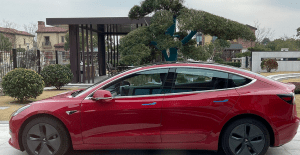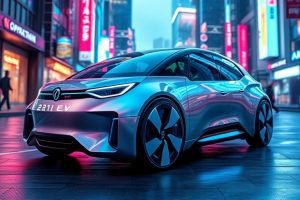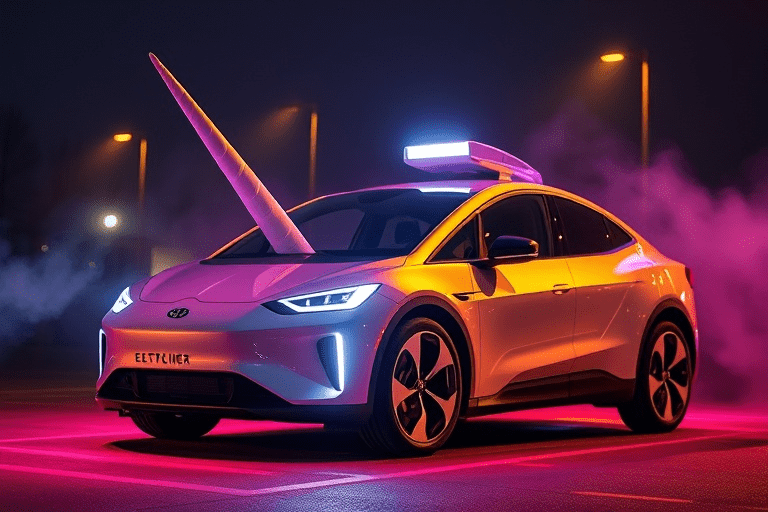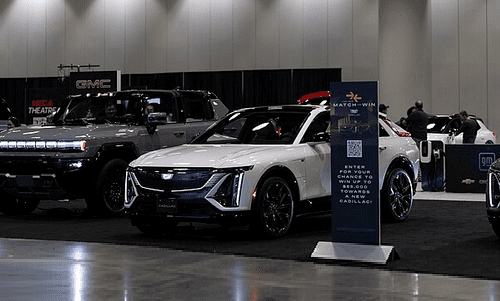Washington, D.C., United States — The cost of ownership for small electric vehicles (EV) remains cost-competitive to internal combustion engine (ICE) vehicles, according to a year-long study conducted by the Responsible Battery Coalition and the University of Michigan Center for Sustainable Systems.
To determine the total cost of ownership (TCO), RBC compared primary contributing cost factors to vehicle cost, as well as where, when and for who exactly EVs are the most cost-effective. The researchers also considered government policies that could have the most impact on lowering EV costs.
The study covers five vehicle classes (compact sedan, midsize sedan, small SUV, midsize SUV and pickup truck) in 14 American cities:
- Atlanta, Georgia
- Boston, Massachusetts
- Chicago, Illinois
- Cleveland, Ohio
- Dallas, Texas
- Detroit, Michigan
- Los Angeles, California
- Miami, Florida
- Manhattan, New York
- Philadelphia, Pennsylvania
- San Francisco, California
- Seattle, Washington
- Washington, D.C.
Through its research, RBC determined that newer EVs are more price-competitive with new ICE vehicles; particularly in cities with low electricity prices and high gasoline prices, moderate climates and direct purchase incentives.
For example, high gasoline costs act as a contributing factor in San Francisco or Los Angeles, California; while lower EV charging costs contribute to lower TCOs for EVs in Atlanta, Georgia; Chicago, Illinois, and Cleveland, Ohio.
Home charging access, time-of-use electricity pricing and distance driven per year are also contributing factors affecting the cost of vehicles.
Across all 14 cities, small and low-range electric vehicles are less expensive than similarly sized internal combustion engine vehicles, noted RBC.
“EVs are currently a cheaper option in some cities and for some owners driven by policy and environmental factors outside of their immediate control,” said Maxwell Woody, PhD candidate and lead author of the study. “As battery costs decline, we expect EVs will become cost-competitive in more locations and for more people.”
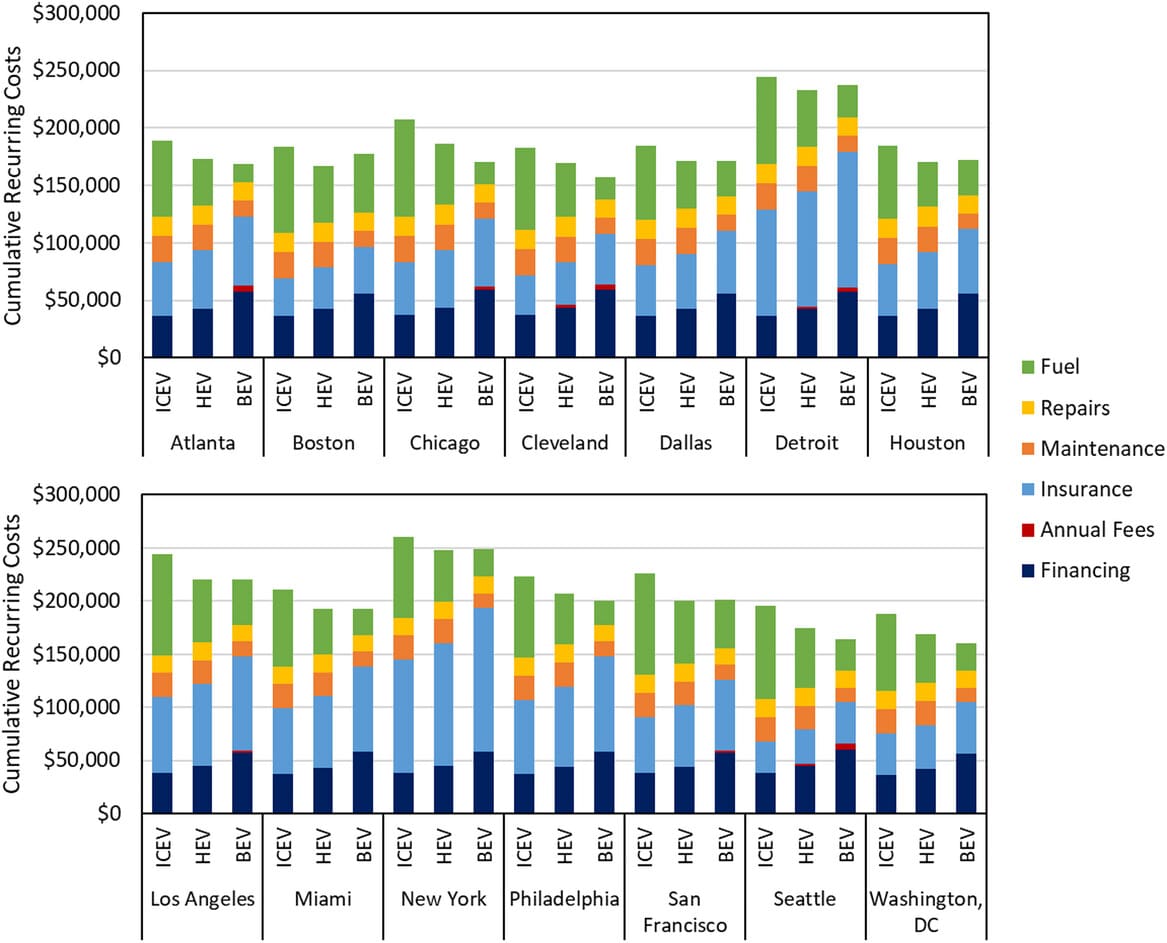
That fact does not ring true for larger, longer-range EVs, though.
“Larger, long-range EVs are more expensive than their internal combustion engine counterparts,” wrote RBC.
“Midsize EVs can reach cost parity in some cities.”
Overall, RBC says its study shows that, while EVs may tout a higher initial purchase price, households opting for zero-emissions over ICE vehicles can save money over the car’s lifetime while simultaneously playing a role in decarbonizing the transportation sector’s emissions.
Click here for more information on RBC’s Total Cost Ownership, EVs vs. ICE vehicles, or here for the full study.






